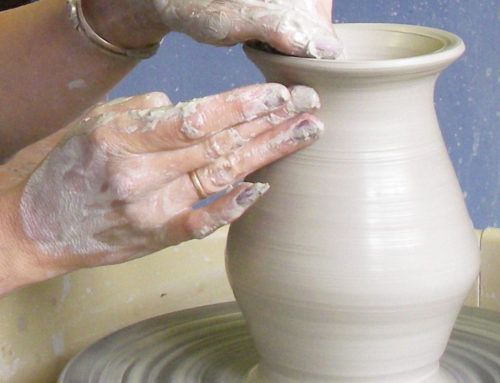Continuing with this series of posts on character development and exploration, I’m going to walk you through the various aspects of what I call the short-form biography, beginning with your characters’ physical characteristics. I acknowledge a debt here to Lajos Egri who first presented this basic approach in his all-time best-selling book The Art of Dramatic Writing, first published way back in 1941 (and still in print). The short-form biography is adapted from and an expansion of the three-part character breakdown Egri calls “the bone structure” of character.
I should also mention upfront that as we take a closer look at the various elements making up the short-form bio, keep in mind this early character work is just that: a starting point. As you explore your people more fully and get to know them intimately, these initial sketches will most likely have to be adjusted to fit the fuller personalities you uncover. And as your idea is developed and refined, your people may very well have to change to fit into what your script is becoming. For now, however, the important thing is to get the exploration started.
So let’s take a look at who your people are physically and why it’s important to give this some focus early on.
If your characters are ever to become real, breathing human beings for you, it’s critical that you have a sense of what they look like, how they move, how they sound, how they appear when seen from a distance or from across a table, how other characters react to their actual physical presence.
I’m not talking here about what the actors should look like who will eventually be playing your characters, although there’s no harm in visualizing your ideal cast if this helps bring your people into sharper focus. Playwright Terrence McNally told me that he always writes with specific actors in mind even if they don’t end up doing the play: “This helps clarify for me; I can imagine what characters might look like, what they might possibly sound like. It just helps me to be specific.”
If you do write with specific actors or people in mind, don’t worry at this point about character descriptions as they might appear in your finished script. That’s another issue that shouldn’t be confused with how you visualize your characters as you prepare to write. Rather, what’s important now is that you focus in on actual physical characteristics and start making some key choices about their “look” and “feel”–literally, bring them into visual and aural focus for you, the writer.
Age and date of birth
In almost every case, the most important physical characteristic to determine is a character’s age. Don’t be vague about this. A twenty-eight-year-old sees himself in a different way than a thirty-year-old. Someone fifty-six usually is not happy being described as “in her late-fifties.” And exactly when a character was born–the precise day, month, and year–is important to think about. What kind of world did they land in? What major national and international events had an influence on their growing up years, on shaping the attitudes and outlooks? Does Viet Nam mean anything personally to any of them? Kennedy’s assassination? World War II? The Berlin Wall? The Beatles, the Stones, Madonna or Bon Jovi, the birth of the Internet, 9/11? A character’s date of birth gives him or her a context and an automatic social history that will be woven into his personality.
At obvious as this seems, one of the most frustrating things I come up against when I pick up the draft of a script to read is that the writer has not given the characters’ ages. Odd as this is, it happens often. I’m forced to start reading the script with absolutely no idea of how old the people are. It’s almost impossible to make any sense of the dynamics of the relationships between the characters until I’ve managed to figure at least approximate ages for everyone. Then, if the play seems promising, I often find it necessary to go back and reread from the beginning. Withholding age information doesn’t make me read more closely or pay more attention to the dialogue. It does the opposite. First it irritates me and then, if the writing is good, it frustrates me because I can’t get an accurate bearing on the characters as quickly as I should be able to. The writer has not allowed me to enter fully into the script.
Remember, these are people you’re creating here! They were born on a certain day in a certain year and have lived a certain number of years on the earth and every one of those years has shaped who they are. Assigning age, therefore, is a major decision. It’s a critical piece of information to determine for each of your characters.
If you’re not sure how old your people should be at this point, just put down something to start with. The wonderful thing about this business of creating characters is that you can go back and make adjustments. You can take away years or add them on as the evolving story dictates. You can even wipe characters out altogether. What’s important is that you assign an age now so you have something to work with, something to respond to as you proceed.
My next post will suggest a simple exercise to help you get in touch with your characters’ look and feel and hopefully aid you in coming up with initial yet detailed physical descriptions.






Leave A Comment